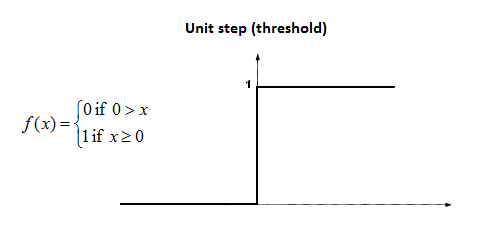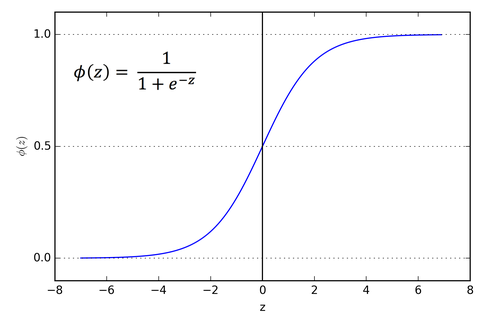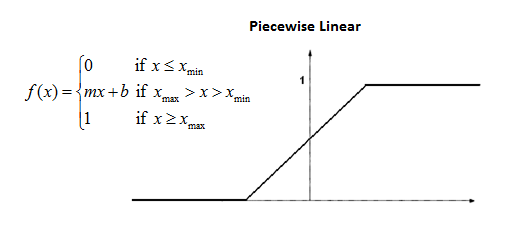The activation function translates the input signals to output signals.
Five types of activation functions are commonly used:
- Unit step (threshold):
The output is set at one of two levels, depending on whether the total input is greater than or less than some threshold value.
- Sigmoid:
The sigmoid has the property of being similar to the unit step function, but with the addition of a region of uncertainty.
The sigmoid function consists of 2 functions, logistic and tangential.
The values of logistic function range from 0 and 1 and -1 to +1 for tangential function.
- Piecewise linear:
The output is proportional to the total weighted output.
- Gaussian:
Gaussian functions are bell-shaped curves that are continuous.
The node output (high/low) is interpreted in terms of class membership (1/0), depending on how close the net input is to a chosen value of average.
- Linear:
Like a linear regression (which attempts to model the relationship between two variables by fitting a linear equation to observed data), a linear activation function transforms the weighted sum inputs of the neuron to an output using a linear function.
|
|





|









